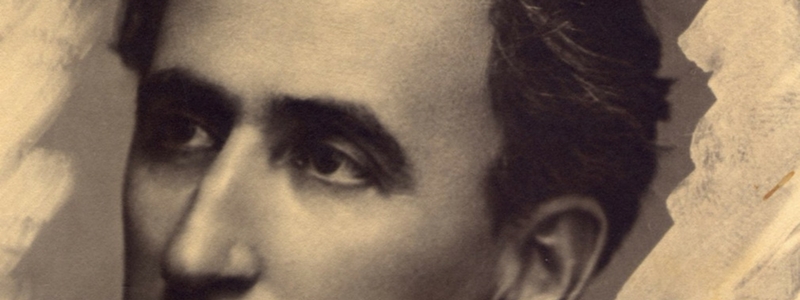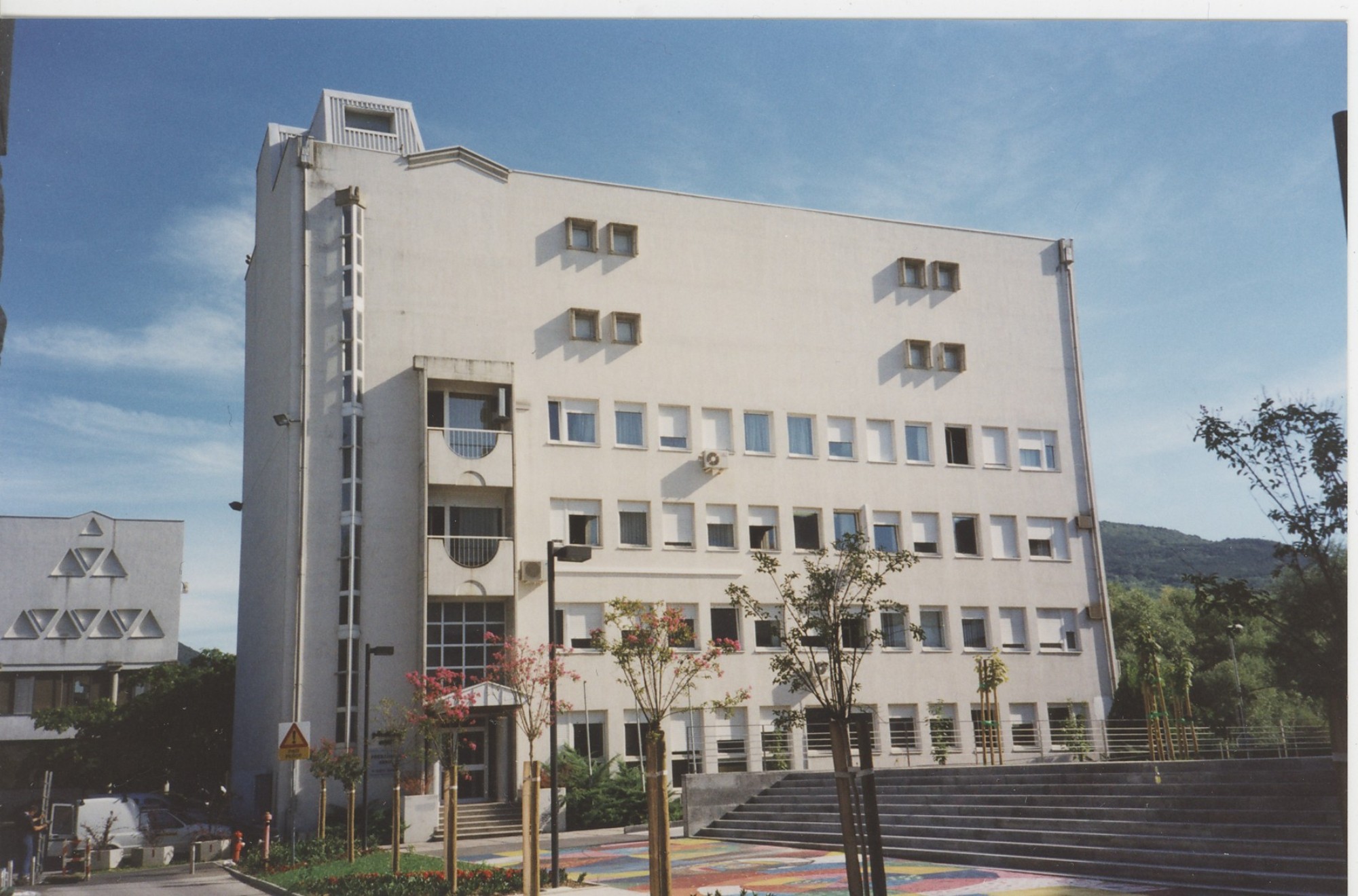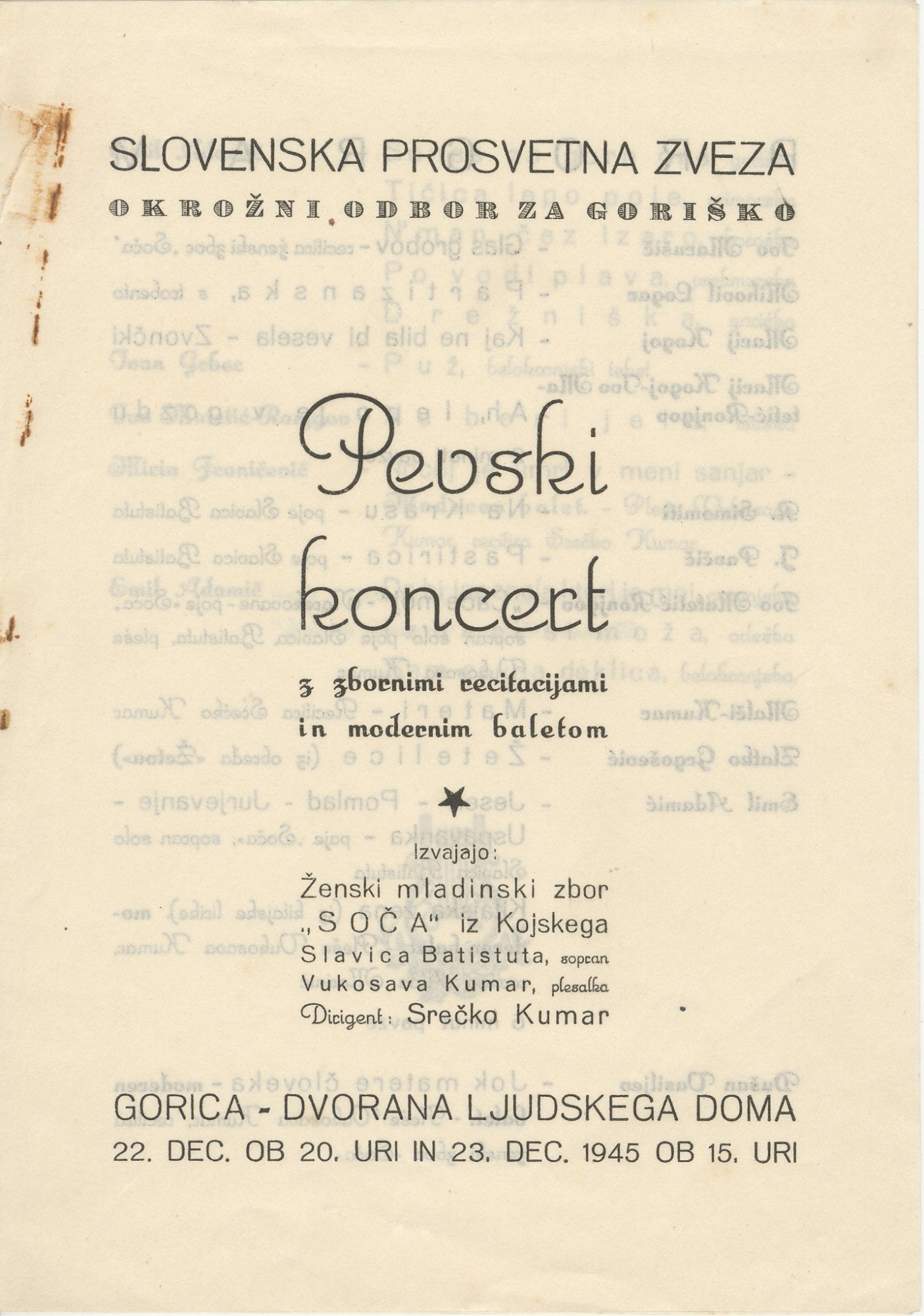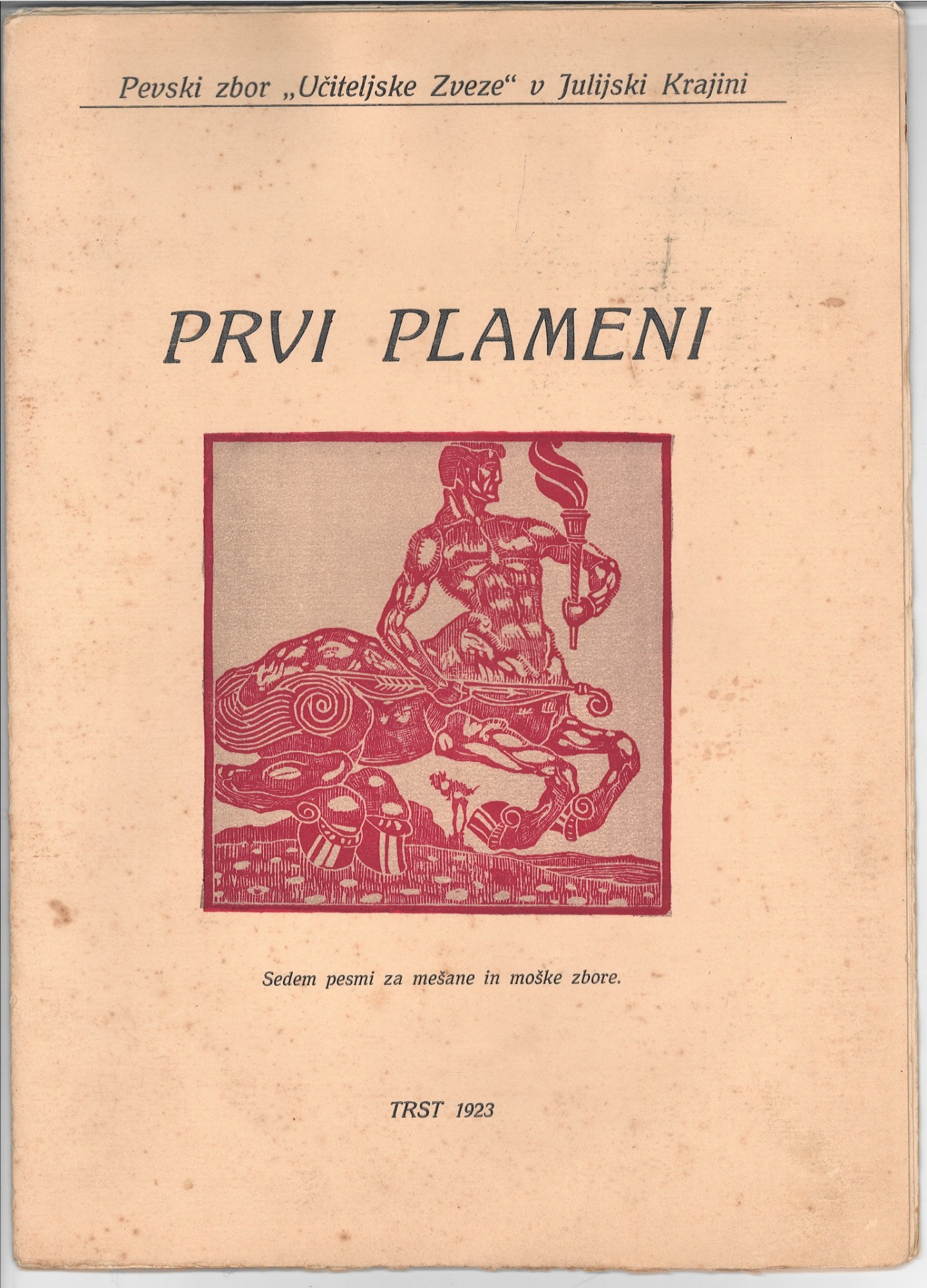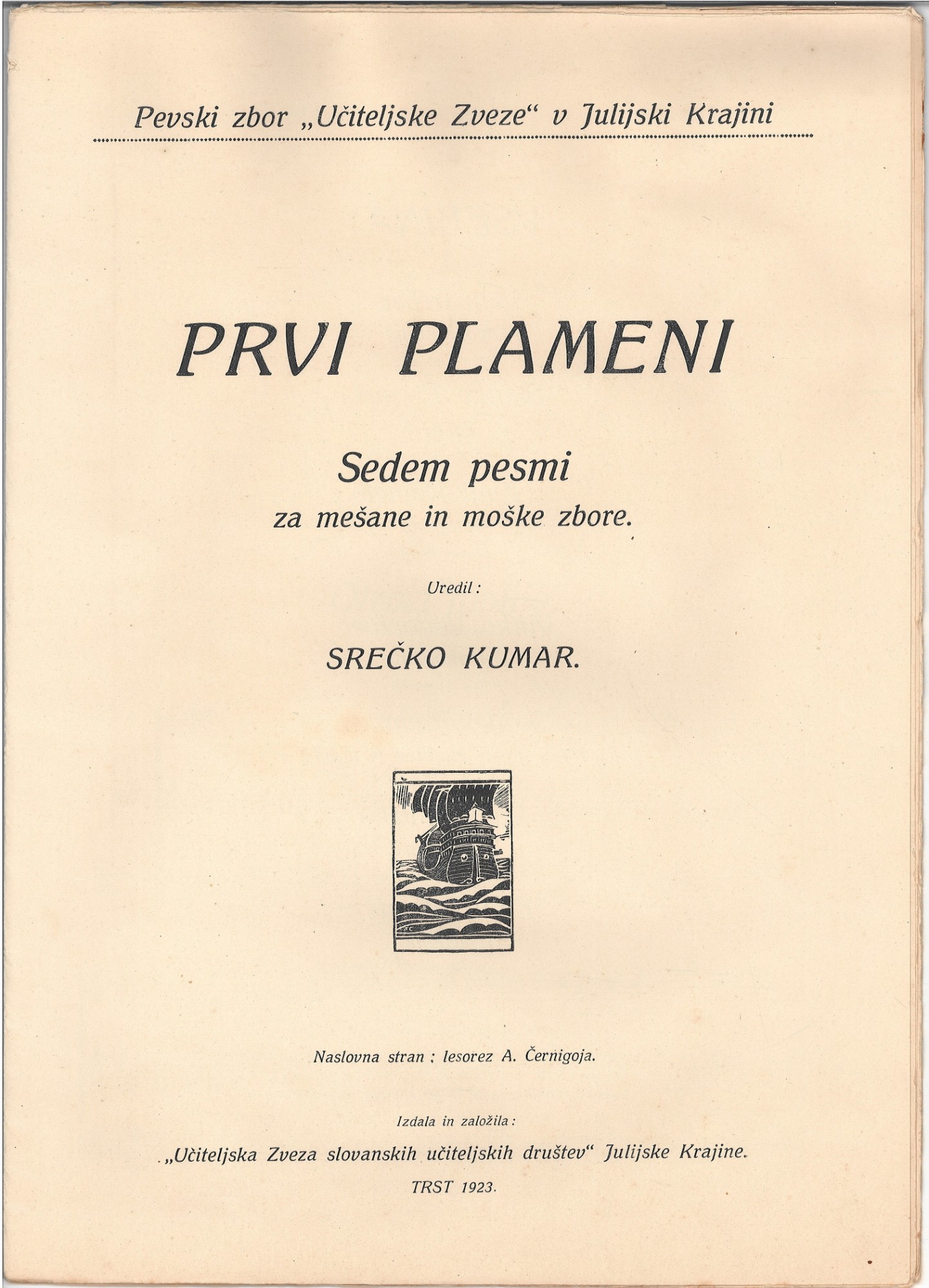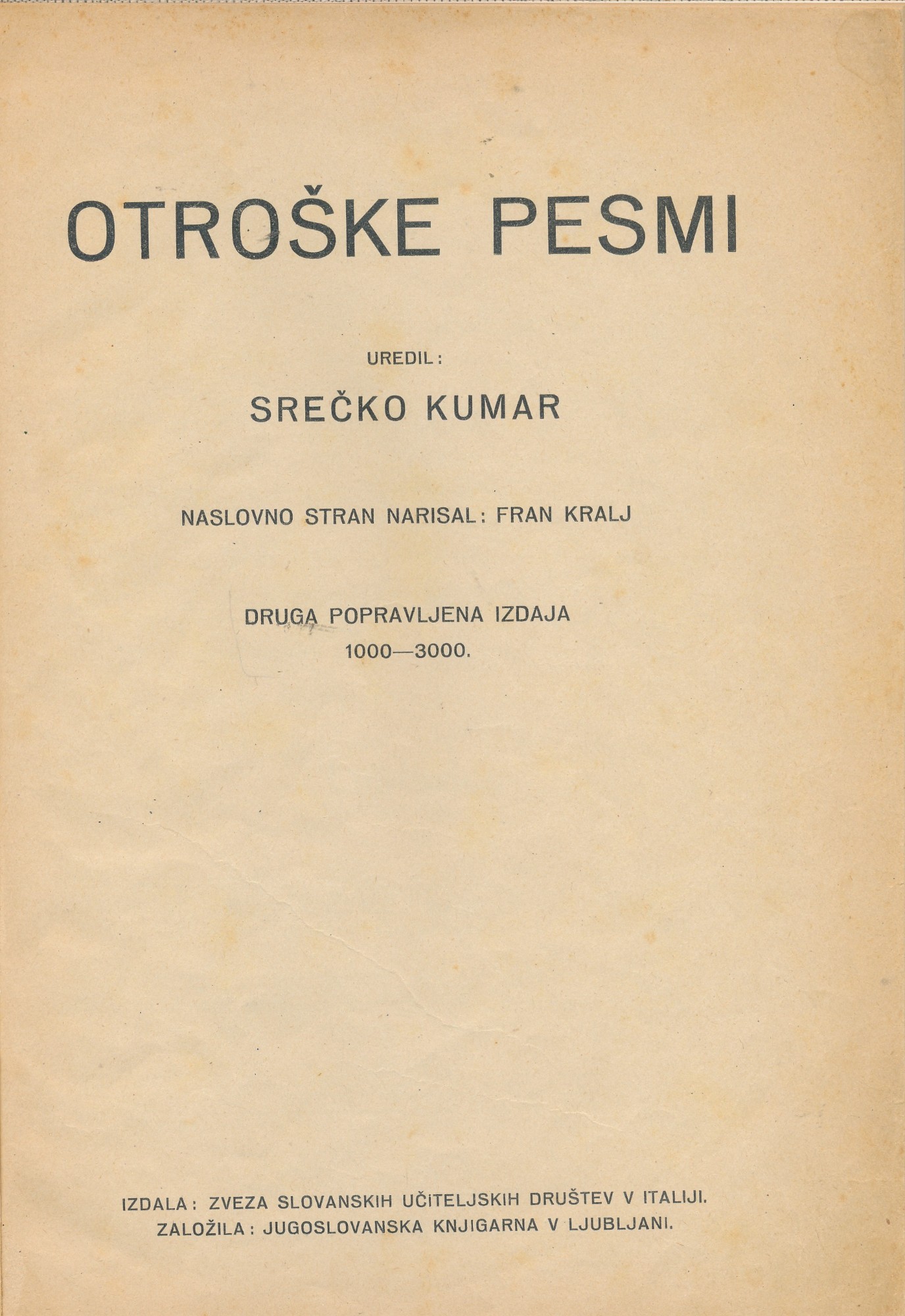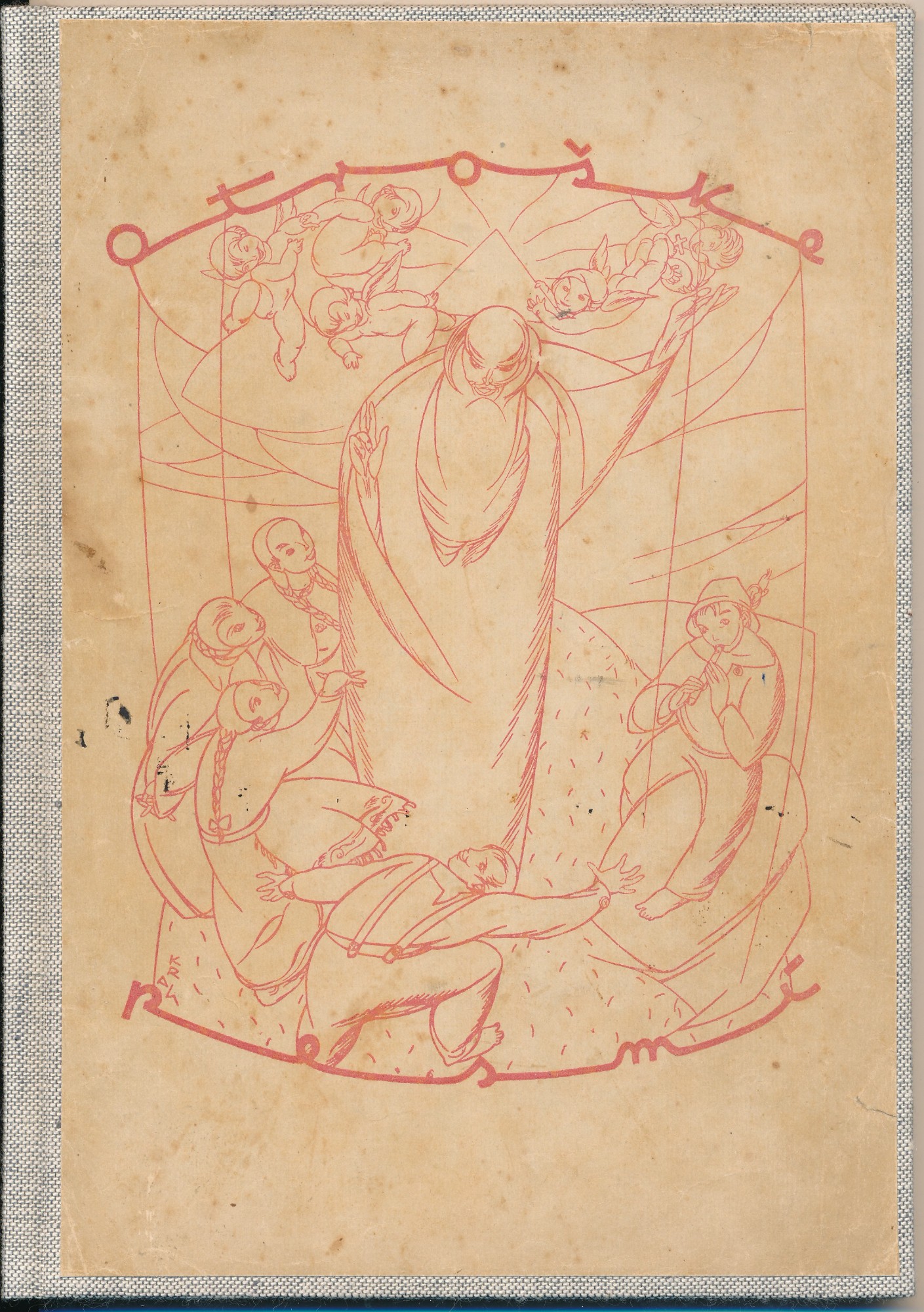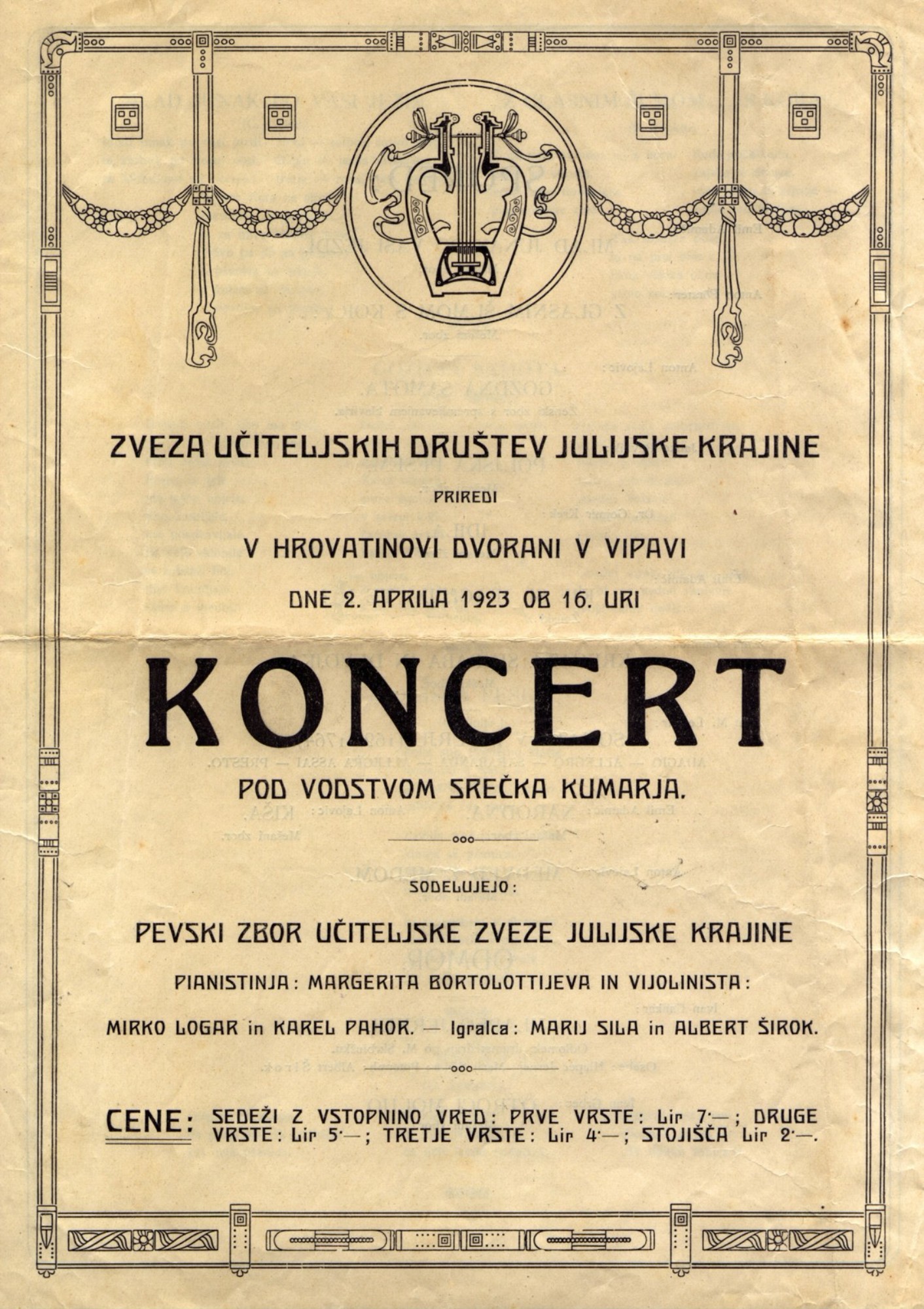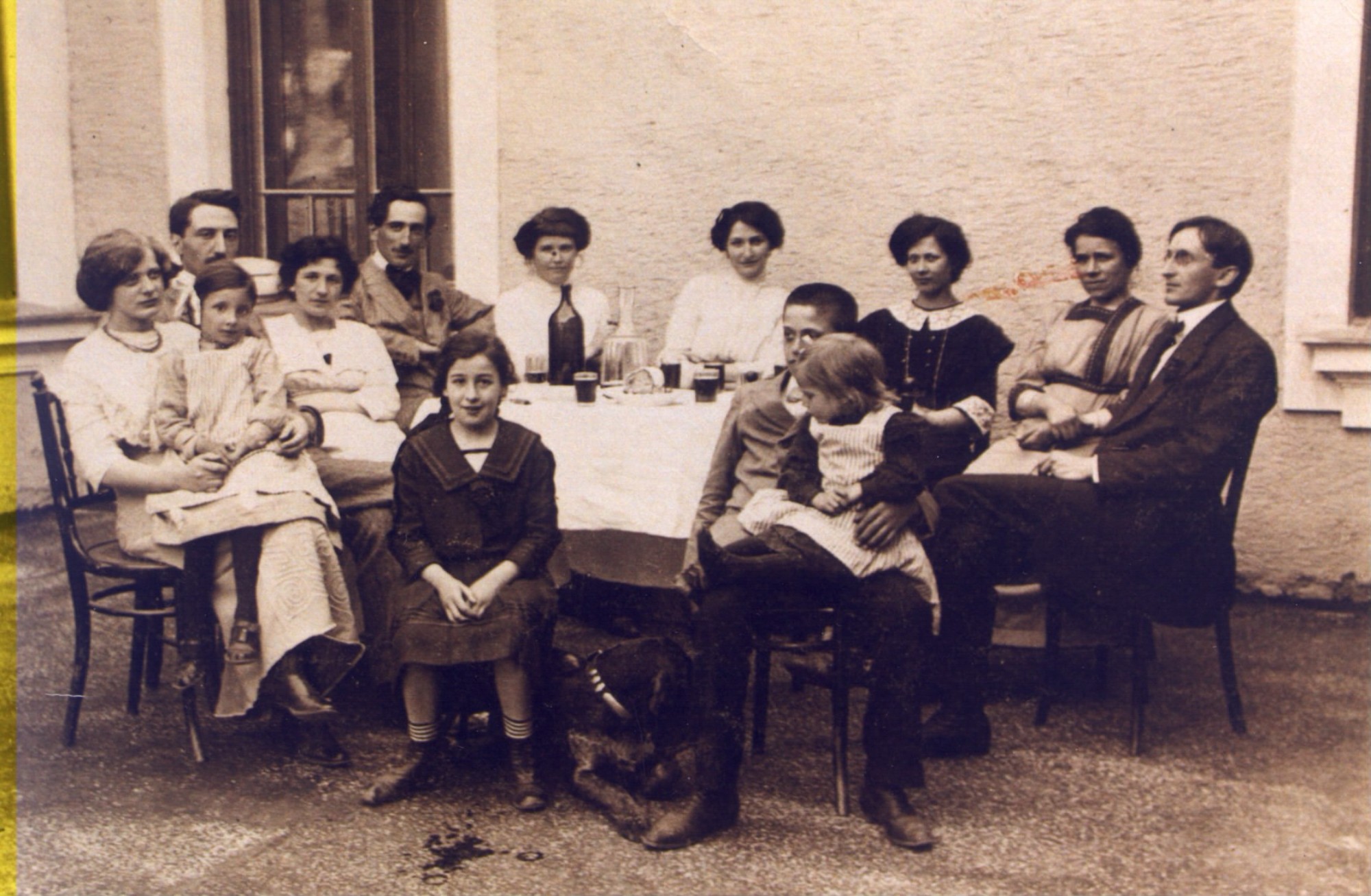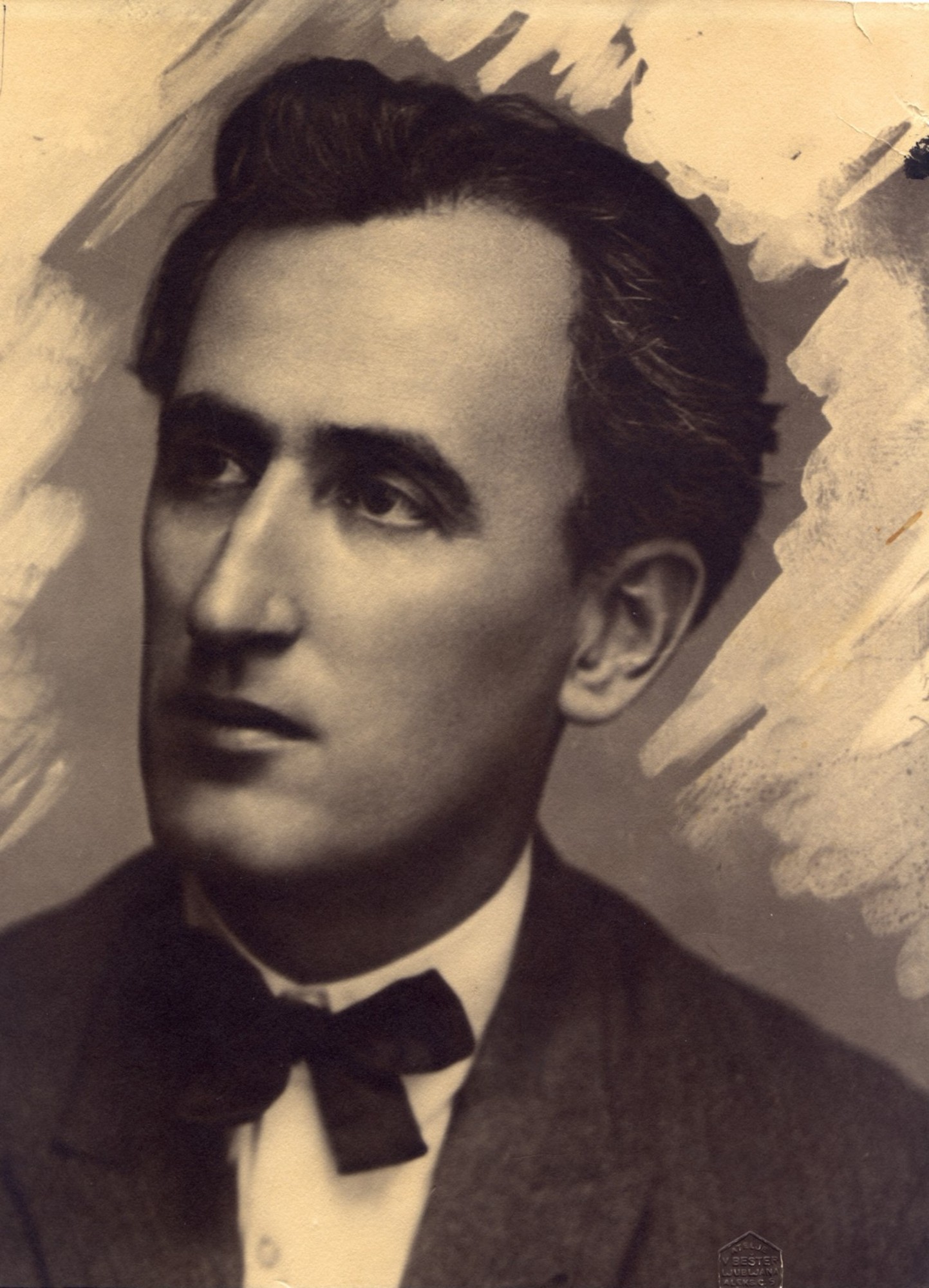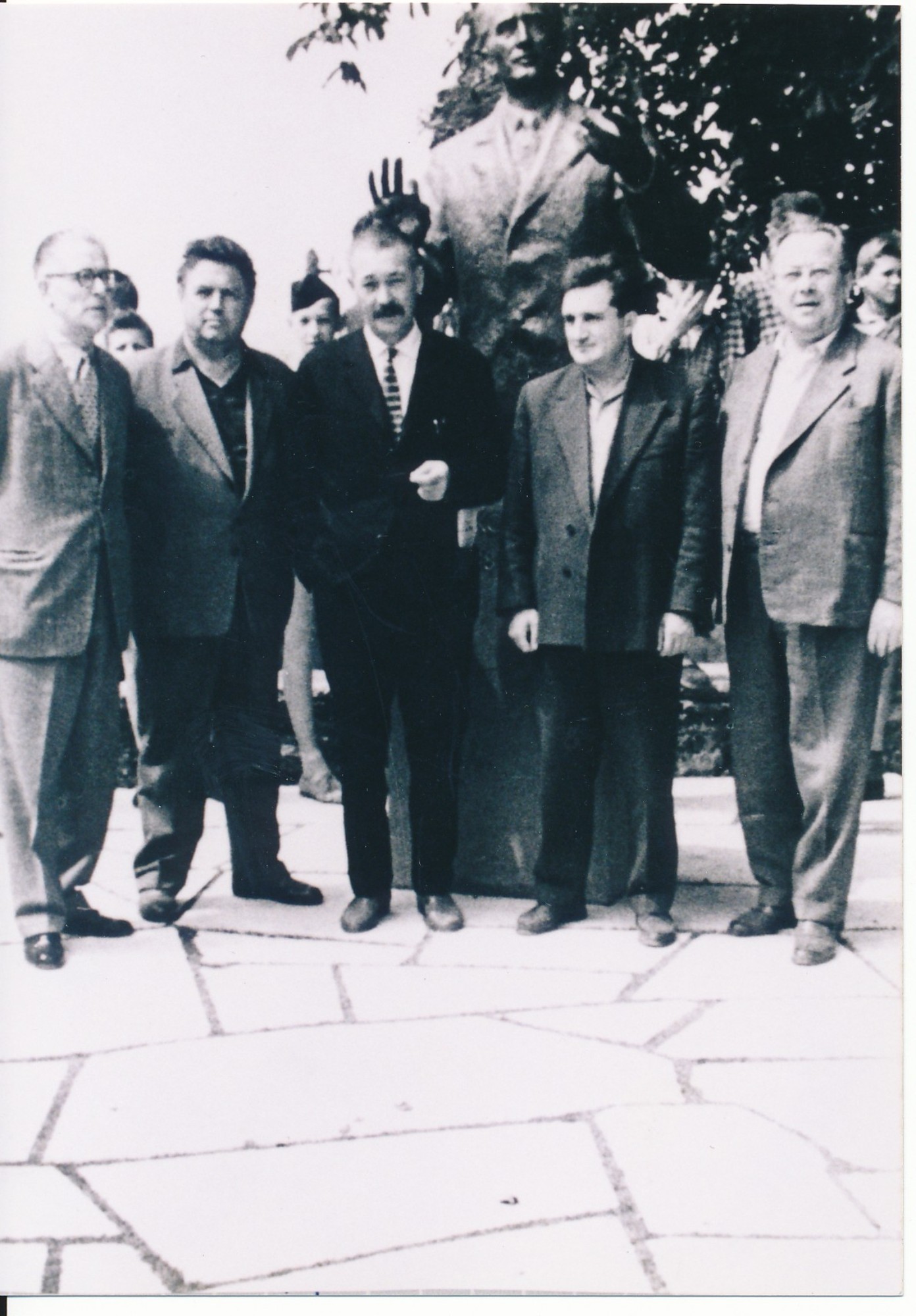In 2001, the Regional Archives in Nova Gorica purchased the legacy of Srečko Kumar, which contains an extensive collection of manuscript and printed music scores by numerous Slovenian composers, painstakingly compiled newspaper clippings of reviews and critiques of choir performances conducted by Kumar and copies of photographs. The legacy is divided into several thematic sections, focusing on Kumar’s private life (personal documents) and diverse materials chronicling Kumar’s musical career.
Srečko Kumar
Srečko Kumar (1888–1954), choirmaster, pianist, music educator, editor and teacher from Goriška brda, zealously devoted his efforts to conducting youth choirs and the development of music education in Primorska (The Littoral).
The young Srečko first discovered his love for music when he heard his father’s brass band. As a student, hearing Wagner’s Lohengrin left an indellible mark on him and further fuelled his lifelong enthusiasm for Slovene late romanticism. He obtained his music education at the Giuseppe Tartini Music Conservatory in Trieste and then in Leipzig, where he studied piano in the class of renowned pianist Joseph Pembaur. In 1915, he joined the army, starting a military choir and organising concerts. Returning to his hometown, Kumar embarked on a more prolific period. He established a school in Škedenj, which later became affiliated with the Glasbena matica Music Society Trieste. He taught at the Matica’s Music School and gave concerts as a pianist in Trieste.
In Trieste, Kumar applied himself to the performance of youth music with increased vigour, fostering concert organisation, establishing choirs and working as an editor. He also revitalised culture in the area from which he originated by holding cultural soirees and concerts at home, where he played with invited singers, violinists and reciters. He set up the Choir of the Association of Teachers of Primorska, with whom he also performed in Bologna. He made his mark as an editor by publishing editions of vocal works, which included children’s choral compositions by composers such as Marij Kogoj and Emil Adamič. With the support of Emil Adamič, Kumar and his teachers’ choir succeeded in inspiring an appreciation of youth choirs among the wider Slovenian public. He was valued as a proponent of high-quality choir literature and a conductor with an affinity for original interpretations of choral pieces.
From 1924, Kumar worked in Ljubljana, where he lead the Glasbena matica Music Society and conducted its teachers’ choir. He then asserted himself as a music teacher abroad as well. He taught piano at the Zagreb music academy, co-founded the Lisinski music school and was the choral conductor of the Zagreb Kolo Society, and later also served as a teacher in Belgrade.
Returning home to Primorska, Kumar laid the foundations for Slovenian music education in the coastal towns. In publishing the youth magazine Grlica and diverse choral works by Slovenian composers, he strongly encouraged the development of youth choral singing. He spent his last years in Koper, where he conducted choirs and helped develop the Koper Centre of Musical Education.
Maia Juvanc
